Do You Know what It Means to Miss New Orleans? City, Fiction and Polyphony in Treme, HBO Television Series
Keywords:
socio-fiction, actor-network theory, poliphony, realism, TremeAbstract
The dividing lines between social sciences, arts and popular culture are not as clear as it is commonly believed. Actually, some theoretical approaches reveal a constant overlapping of transgressions and influences between these fields of knowledge. Treme is a television production that recreates in great detail the complex social flows and tensions of the modern American city through its particular style and narrative structure. Drawing on Bakhtin and Latour’s work, this article focuses on the first episode of the series and its narrative, in order to illustrate the mechanisms that allow this work of fiction to provide a certain sociological view of the world.
https://doi.org/10.22380/2539472X64Downloads
References
Atkinson, Rowland y David Beer. 2010. “The Ivorine Tower in the City: Engaging Urban Studies After The Wire”. City 14 (5): 529-544.
Augé, Marc. 2010. El viaje imposible. Barcelona: Gedisa.
Bakhtin, Mikhail. 1984. Problems of Dostoevsky’s Poetics. Minneapolis: University of Minnesota Press.
Barthes, Roland. 2003. El sistema de la moda y otros escritos. Barcelona: Paidós.
___. 2004. S/Z. Buenos Aires: Siglo XXI.
Bruns, Josh. 2008. “The Polyphonic Film”. New Review of Film and Television Studies 6 (2): 189-212.
Callon, Michel. 1986. “Some Elements of a Sociology of Translation: Domestication of the Scallops and the Fishermen of St-Brieuc Bay”. En Power, Action, and Belief: A New Sociology of Knowledge?, editado por John Law, 196-233. Londres: Routledge.
___. 1998. The Laws of the Markets. Oxford: Blackwell Publishers/Sociological Review.
Campanella, Richard. 2013. “Gentrification and its Discontents: Notes from New Orleans”. En New Geography, 3 de enero. Consultado el 26 de agosto de 2013. http://www.newgeography.com/content/003526-gentrification-and-its-discontents-notes-new-orleans
Catterall, Bob. 2011. “Is it all Coming Together? Thoughts on Urban
Studies and the Present Crisis: (21) Work and Action: from The Wire to Hamlet”. City 15 (1): 126-132.
Chatman, Seymour. 1978. Story and Discourse: Narrative Structure in Fiction and Film. Ithaca: Cornell University Press.
Chatterton, Paul. 2007. “Banlieues, the Hyperghetto and Advanced Marginality: A Symposium on Loïc Wacquant’s Urban Outcasts”. City 11 (3): 357-363.
Coutard, Olivier. 1999. The Governance of Large Technical Systems. Londres; Nueva York: Routledge.
Crutcher, Michael E. 2010. Treme: Race and Place in a New Orleans Neighborhood. Athens: University of Georgia Press.
Deleuze, Gilles y Felix Guattari. 1987. A Thousands Plateaus: Capitalism and Schizophrenia. Minneapolis: University of Minnesota Press.
Dessinges, Catherine, Dominique Gendrin y Wendy Hajjar. 2012. “Fiction and Reality in HBO’s Treme: A Narrative Alchemy at the Service of Political Truth”. TV/Series 1: 163-186.
Dreier, Peter y John Atlas. 2009. “The Wire: Bush-Era Fable about America’s Urban Poor?”. City & Community 8 (3): 329-340.
Farías, Ignacio. 2011. “Ensamblajes urbanos: la TAR y el examen de la ciudad”. Athenea Digital 11 (1): 15-40.
Consultado en http://psicologiasocial.uab.es/athenea/index.php/atheneaDigital/article/view/826
Foster, Hal. 2001. “El artista como etnógrafo”. En El retorno de lo real. La vanguardia a finales del siglo. Madrid: Akal.
Foucault, Michel. 1984. “Des espaces autres”. Architecture, Mouvement, Continuité 5: 46-49.
Garfinkel, Harold. 2006. Estudios en etnometodología. Bogotá: Universidad Nacional de Colombia.
George, Courtney. 2012. “Keeping it ‘Reals’: Narratives of New Orleans Jazz History as Represented in HBO’s Treme”. Television & New Media 13 (3): 225-234.
Graham, Stephen y Simon Marvin. 2001. Splintering Urbanism: Networked Infrastructures, Technological Mobilities, and the Urban Condition. Londres; Nueva York: Routledge.
Gray, Herman. 2012. “Recovered, Reinvented, Reimagined Treme, Television Studies and Writing New Orleans”. Television & New Media 13 (3): 213-224.
Greimas, Algirdas J. y Joseph Courtes. 1990. “Actante”. En Semiótica. Diccionario razonado de la teoría del lenguaje. Madrid: Gredos.
Grodal, Torben. 2002. “The Experience of Realism in Audiovisual Representation”. En Realism and Reality in Film and Media, editado por Anne Jerslev, 67-92. Copenhague: Museum Tusculanum Press.
Guggenheim, Michael. 2009. “Building Memory: Architecture, Networks and Users”. Memory Studies 2 (1): 39-53.
Hornby, Nick. 2007. “Interview with David Simon”. The Believer Magazine, agosto. Consultado el 28 de agosto de 2012.
http://www.believermag.com/issues/200708/?read=interview_simon
Jackson Jr., John L. 2011. “HBO’s Utopian Realism: Down in the Treme”. Transforming Anthropology 19 (1): 17-20.
Jacobs, Jane M. 2006. “A Geography of Big Things”. Cultural Geographies 13 (1): 1-27.
Jameson, Frederic. 2010. “Realism and Utopia in The Wire”. Criticism 52 (3-4): 359-372.
Klein, Amanda Ann. 2009. “‘The Dickensian Aspect’: Melodrama, Viewer Engagement and the Socially Conscious Text”. En The Wire: Urban Decay and American Television, editado por T. Potter y C. W. Marshall, 177-189. Londres: Continuum.
Lash, Scott. 1999. “Objects that Judge: Latour’s Parliament of Things”. European Institute for Progressive Cultural Policies. Consultado el 28 de agosto de 2012. http://eipcp.net/transversal/0107/lash/en
Latour, Bruno. 1998. “La tecnología es la sociedad hecha para que dure”. En Ensayos sobre ciencia, tecnología y sociedad, editado por Miquel Doménech y Francisco Tirado, 109-142. Barcelona: Gedisa.
___. 2005. Reassembling the Social: An Introduction to Actor-Network-Theory. Oxford: Oxford University Press.
___. 2009a. “Spheres and Networks: Two Ways to Reinterpret Globalization”. Harvard Design Magazine 30 (Spring/Summer): 138-144.
___. 2009b. “Tarde’s Idea of Quantification”. En The Social After Gabriel Tarde: Debates and Assessments, editado por Mattei Candea, 145-162. Londres: Routledge.
Latour, Bruno y Emilie Hermant. 1998. París: ciudad invisible. Consultado el 28 de agosto de 2012. http://www.bruno-latour.fr/virtual/CAST/index.html
Latour, Bruno y Steve Woolgar. 1986. Laboratory Life. The Construction of Scientific Facts. Princeton: Princeton University Press.
Law, John. 1986. “On the Methods of Long-Distance Control: Vessels, Navigation and the Portuguese Route to India”. En Power, Action and Belief: A New Sociology of Knowledge, editado por John Law, 234-263. Londres: Routledge.
___. 2004. After Method: Mess in Social Science Research. Londres: Routledge.
Lee, Spike. 2006. When the Levees Broke: A Requiem in Four Acts. HBO, 255 minutos, dos episodios.
Lévi-Strauss, Claude. 1987. Antropología estructural. Barcelona: Paidós.
Marshall, C. W. y Tiffany Potter. 2009. “‘I Am the American Dream’: Modern Urban Tragedy and the Borders of Fiction”. En The Wire: Urban Decay and American Television, editado por T. Potter y C. W. Marshall, 1-14. Londres: Continuum.
Mauss, Marcel. 1979. “Ensayo sobre los dones, motivo y forma del cambio en las sociedades primitivas”. En Sociología y antropología, 165-268. Madrid: Tecnos.
Mitchell, Reid. 2007. “Carnival and Katrina”. Journal of American History 94: 789-794.
Olson, Scott R. 1987. “Meta-television: Popular Postmodernism”. Critical Studies in Mass Communication 4: 284-300.
Parker, Simon. 2010. “Introduction: Welcome to the Urban Desert of the Real”. City 14 (5): 491-496.
Penfold-Mounce, Ruth, David Beer y Roger Burrows. 2011. “The Wire as Social Science-Fiction?”. Sociology 45 (1): 152-167.
Raeburn, Bruce B. 2007. “‘They’re Tryin’ to Wash Us Away’: New Orleans Musicians Surviving Katrina”. Journal of American History 94: 812-819.
Rathke, Wade. 2012. “Treme for Tourists: The Music of the City without the Power”. Television & New Media 13 (3): 261-267.
Scott, Rebecca J. 2007. “The Atlantic World and the Road to Plessy v. Ferguson”. Journal of American History 94: 726-733.
Slater, Don y Tomas Ariztia. 2009. “Assembling Asturias: Scaling Devices and Cultural Leverage”. En Urban Assemblages: How Actor-Network Theory Changes Urban Studies, editado por Ignacio Farías y Thomas Bender, 91-108. Londres: Routledge.
Summ erton, Jane. 1994. Changing Large Technical Systems. Oxford: Westview Press.
Tarde, Gabriel. 1903. The Laws of Imitation. Nueva York: Henry Holt. Taylor, Helen. 2010. “After the Deluge: The Post-Katrina Cultural Revival of New Orleans”. Journal of American Studies 44 (edición especial 3): 483-501.
Thomas, Lynnell L. 2012. “‘People Want to See What Happened’: Treme, Televisual Tourism, and the Racial Remapping of Post-Katrina New Orleans”. Television & New Media 13 (3): 213-224.
Toscano, Alberto y Jeff Kinkle. 2009. “Baltimore as World and Representation: Cognitive Mapping and Capitalism in The Wire”. Dossier Journal. Consultado el 28 de agosto de 2012. http://dossierjournal.com/read/theory/baltimore-as-world-and-representation-cognitivemapping-and-capitalism-in-the-wire/
White, Harrison. 2008. Identity & Control. How Do Social Formations Emerge. Princeton: Princeton University Press.
Williams, Linda. 2011. “Ethnographic Imaginary: The Genesis and Genius of The Wire”. Critical Inquiry 38 (1): 208-219.
Woods, Clyde. 2005. “Do You Know What It Means to Miss New Orleans?: Katrina, Trap Economics, and the Rebirth of the Blues”. American Quarterly 57 (4): 1005-1018.




















